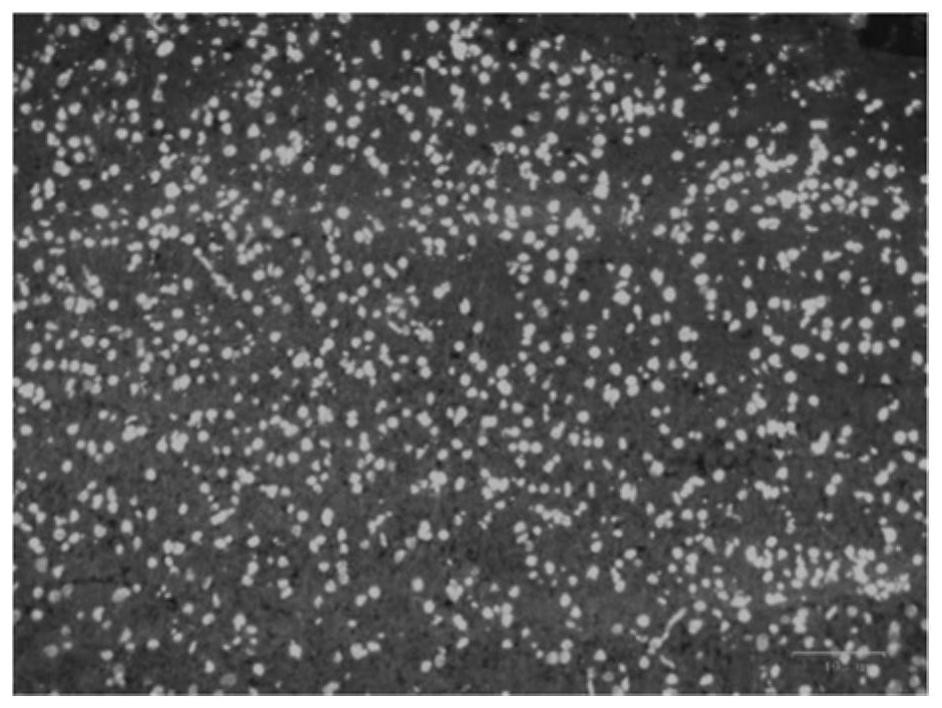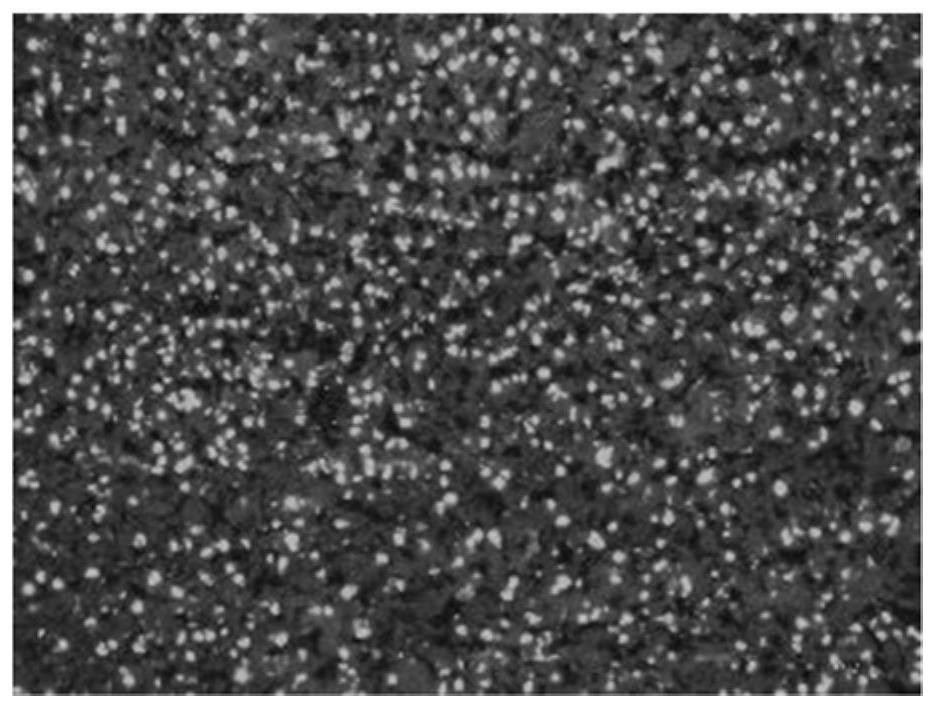Stationary liquid applied to frozen section, preparation method of stationary liquid and method for preparing frozen section based on stationary liquid
A frozen section and frozen section technology, which is applied to the field of frozen section fixative and its preparation, can solve the problems of unclear color development background, poor environmental protection of fixative reagents, low sensitivity, etc., and achieves improved sensitivity, reduced harm, and clear guiding significance. Effect
- Summary
- Abstract
- Description
- Claims
- Application Information
AI Technical Summary
Problems solved by technology
Method used
Image
Examples
preparation example Construction
[0043] The method for preparing frozen section of the present invention comprises the following steps:
[0044] Step 1 Acquisition of Organization
[0045] The animals were perfused with PBS, then the tissue was taken and cut into pieces;
[0046] The animals include commonly used experimental animals such as mice, rabbits, sheep, monkeys or cattle;
[0047] The tissue includes brain tissue, heart, kidney, liver, lung, sciatic nerve, optic nerve, intestine and tissue required for the experiment;
[0048] The size of the tissue block is 0.4cm 3 ~0.7cm 3 ;
[0049] Step 2 Embedding
[0050] The embedding is to place the tissue block obtained in step 1 in an embedding box containing a sufficient amount of OCT embedding compound to completely cover the tissue, put it into the freezing stage of the cryostat, and proceed after the tissue is completely frozen. slice;
[0051] The embedding can also be performed by placing the tissue block in a cassette containing a sufficient ...
Embodiment 1
[0069] Step 1 Acquisition of Organization
[0070] Adult rats were selected, anesthetized, the limbs of the rats were hardened, the abdominal cavity was opened, the apex of the heart was exposed, and PBS was perfused from the left apex for systemic circulation. medium, cut the tissue into 0.5cm 3 small pieces;
[0071] Step 2 Embedding
[0072] Coat a sufficient amount of OCT-embedding compound on the mouse brain tissue block so that it completely covers the tissue, put it on the freezing stage of a -20°C cryostat, and apply a thin layer of OCT to the surface of the specimen when the tissue is slightly whitish. Continue to freeze for 20min and slice;
[0073] Step 3 Slicing
[0074] Use a cryostat to cut the embedded mouse brain tissue block into slices with a thickness of 5um to 30um. When the cut tissue slices fall off the frozen block, place an adhesive glass slide to stick the tissue slices on the slide. on a glass slide;
[0075] Step 4 Fixation and staining of tiss...
Embodiment 2
[0085] Different from Example 1, the fixative of the tissue piece was fixed with 20 μg / mL Poria cocos fixative for 30 min. The experimental results are as figure 2 shown, from figure 2 It can be seen that the punctate positive signal can be clearly seen on the tissue pieces fixed by the Poria cocos solution, and the signal intensity is the same as that of the control group acetone ( Figure 9 shown) fixed results were similar, compared to the unfixed control group ( Figure 8 shown), the control group paraformaldehyde ( Figure 10 shown) fixed, control group ethanol ( Figure 11 shown) fixed signal strength.
PUM
| Property | Measurement | Unit |
|---|---|---|
| thickness | aaaaa | aaaaa |
Abstract
Description
Claims
Application Information
 Login to View More
Login to View More - R&D Engineer
- R&D Manager
- IP Professional
- Industry Leading Data Capabilities
- Powerful AI technology
- Patent DNA Extraction
Browse by: Latest US Patents, China's latest patents, Technical Efficacy Thesaurus, Application Domain, Technology Topic, Popular Technical Reports.
© 2024 PatSnap. All rights reserved.Legal|Privacy policy|Modern Slavery Act Transparency Statement|Sitemap|About US| Contact US: help@patsnap.com










